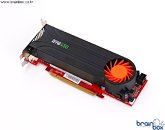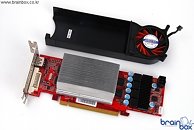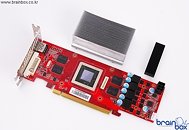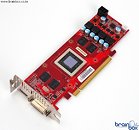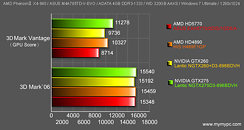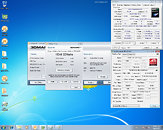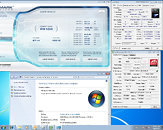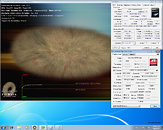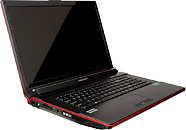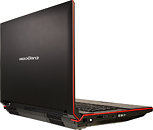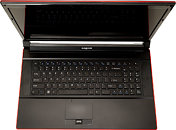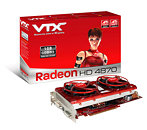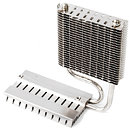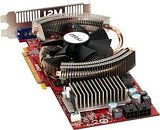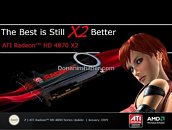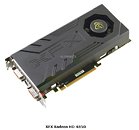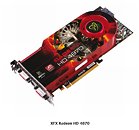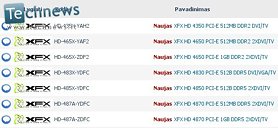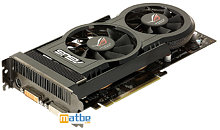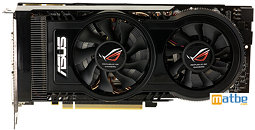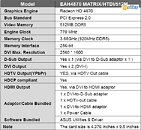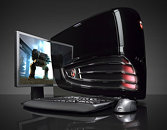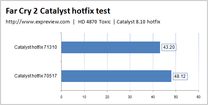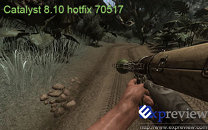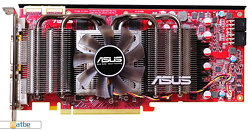
Gainward GTS 450 GOOD Low-Profile Card Pictured, Taken Apart
Palit's subsidiary Gainward has a low-profile GeForce GTS 450 graphics card in the making, much like Palit's card. Both these are yet to ship to major markets. In the mean time, Korean website Brainbox.com did a picture preview of Gainward's card, called GTS 450 GOOD Low-Profile. The pictures reveal a neatly-designed PCB and cooler assembly modeled along the lines of high-end graphics cards in which hot air is directed right out of the case. The assembly includes a blower, a shroud that directs air-flow, a large heatsink with densely packed aluminum fins that channel air through, and a heatsink over the MOSFETs.
The PCB seats the GF106 GPU right in the middle. While it looks long, it's only because the PCB is half-height to give that illusion. In reality the PCB is 7.4" long, not longer than the full-height NVIDIA reference PCB, and should fit in most SFF cases that have two expansion slots. The PCB uses a simple 4-phase VRM driven by an ON-Semi controller, there are four GDDR5 memory chips on either sides of the PCB, totaling 1 GB. The clock speeds stick to NVIDIA reference: 783/1566/900(3600) MHz, display outputs include and are limited to one DVI and an HDMI. Power is drawn in from one 6-pin PCI-E power connector facing downwards à la Radeon HD 4870 X2. Gainward's card may charge a slight premium over the full-height cards, for the convenience it offers. More pictures at the source.
The PCB seats the GF106 GPU right in the middle. While it looks long, it's only because the PCB is half-height to give that illusion. In reality the PCB is 7.4" long, not longer than the full-height NVIDIA reference PCB, and should fit in most SFF cases that have two expansion slots. The PCB uses a simple 4-phase VRM driven by an ON-Semi controller, there are four GDDR5 memory chips on either sides of the PCB, totaling 1 GB. The clock speeds stick to NVIDIA reference: 783/1566/900(3600) MHz, display outputs include and are limited to one DVI and an HDMI. Power is drawn in from one 6-pin PCI-E power connector facing downwards à la Radeon HD 4870 X2. Gainward's card may charge a slight premium over the full-height cards, for the convenience it offers. More pictures at the source.
